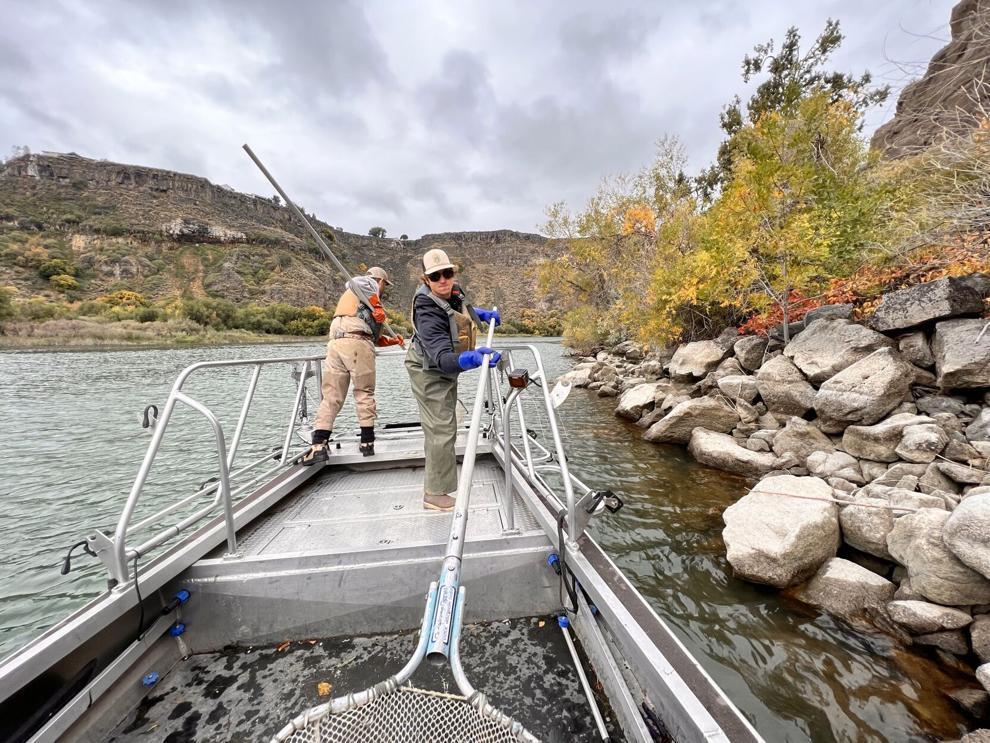Common Tansy
Tanacetum vulgare

Common tansy is an exotic perennial forb in the Asteraceae family that is on Montana’s noxious weed list. It inhabits higher moisture, disturbed soils, and can be found in places like meadows and riparian areas as well as along roadsides, ditches, and railroad tracks. Common tansy was introduced to North America from Europe for medicinal use and as an ornamental plant.
Read more from MSU Extension here...
|
Idaho Mussels Response News
Website for Idaho Response: Snake River Quagga Mussel, Idaho State Department of Agriculture
 Idaho Fish and Game fisheries biologists electrofishing on the Snake River where quagga mussels were detected - IFG
Regional AIS News
Invasive Fish
Nearly $1.2 billion spent at one site to deter invasive carp from Great Lakes; other entry sites still possible (map below) - PBS Great Lakes Now
USGS Grass Carp Map
Michigan DNR fisheries biologist Cleyo Harris displays a Lake Erie grass carp - MN-DNR
Feral Swine News
Feral Hogs - Shutterstock
Webinars
NAISMA: Decades-Long Partnership Successfully Eradicates Destructive Nutria Rodents from Maryland -
November 15, 2023 @ 1:00 pm – 2:00 pm CST
Nutria are invasive, semi-aquatic, South American rodents first released into Dorchester County, Maryland in 1943. Since their release, nutria have destroyed thousands of acres of wetlands through their destructive feeding habitats. A concerted effort to eradicate nutria in Maryland began in 2002 following a two-year pilot project to determine if nutria could be eradicated from the Chesapeake Bay and if the damaged marshlands would recover.
The Chesapeake Bay Nutria Eradication Project began the first phases of the project in April 2002. Twenty years later in 2022, The Chesapeake Bay Nutria Eradication Project announced that nutria were successfully eradicated from the state of Maryland.
Nutria Photographed by Joel Sartore, National Geographic Photo Ark at Omaha, Nebraska Zoo
Research
Study Finds Wildfire Isn’t Primary Factor in Invasive Annual Grass Expansion in Great Basin
Scientists examined the assumption that wildfires are the primary factor driving the expansion of invasive annual grasses that are taking over shrubland and grassland in the U.S. Great Basin and found that annual grasses are highly competitive even in the absence of significant disturbances like fire.
Continue reading...
Save the Date
|